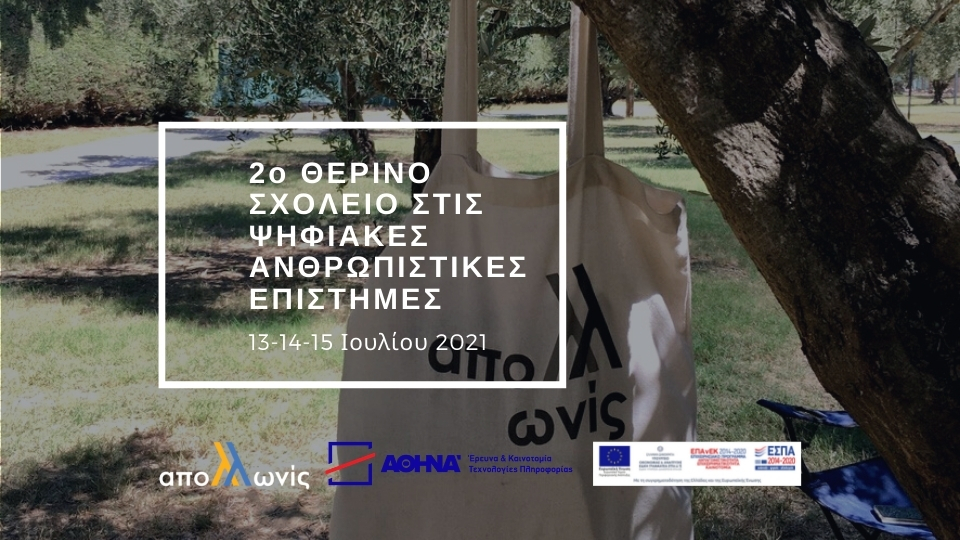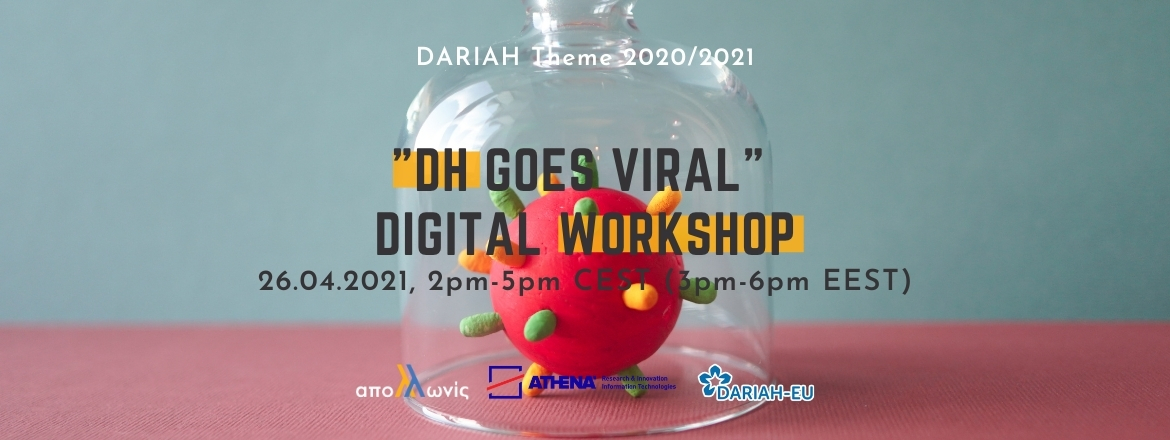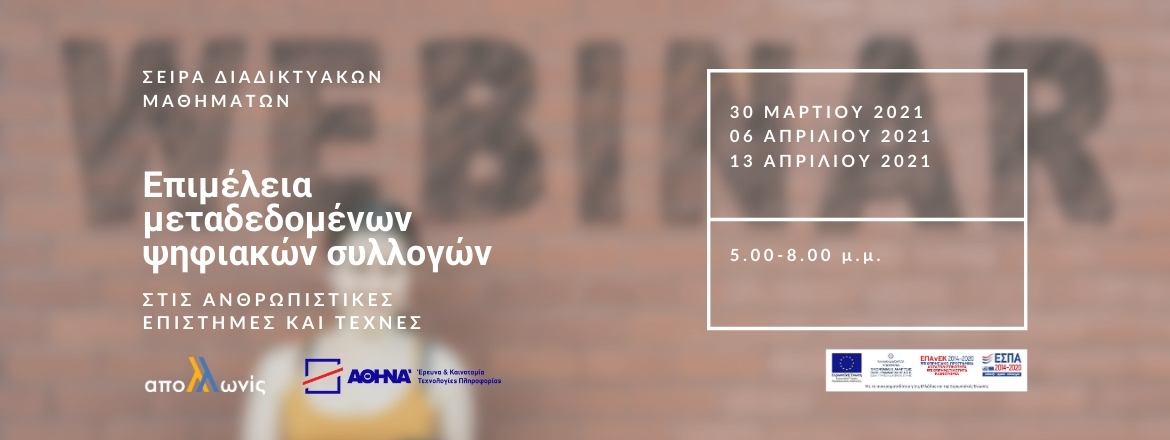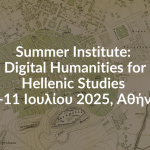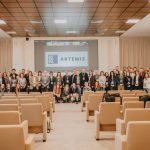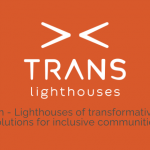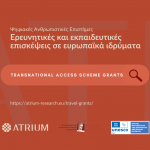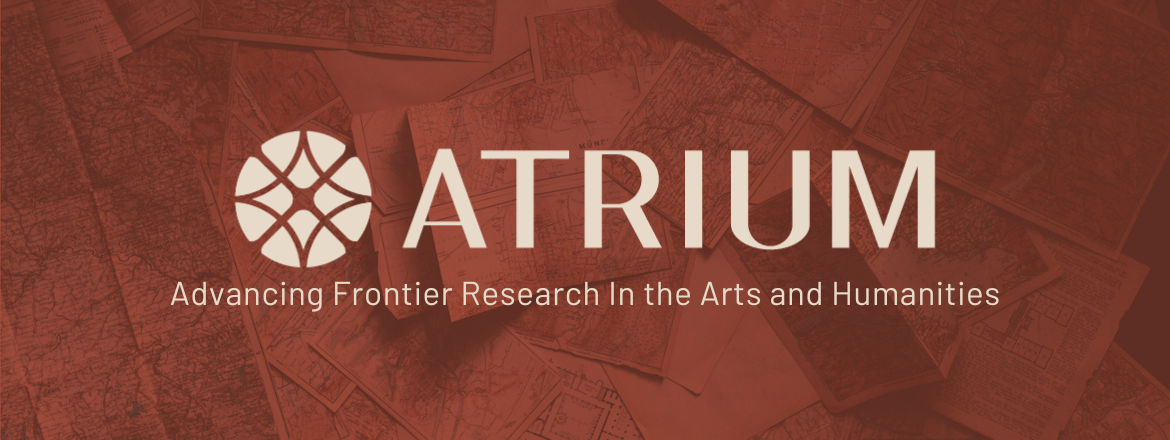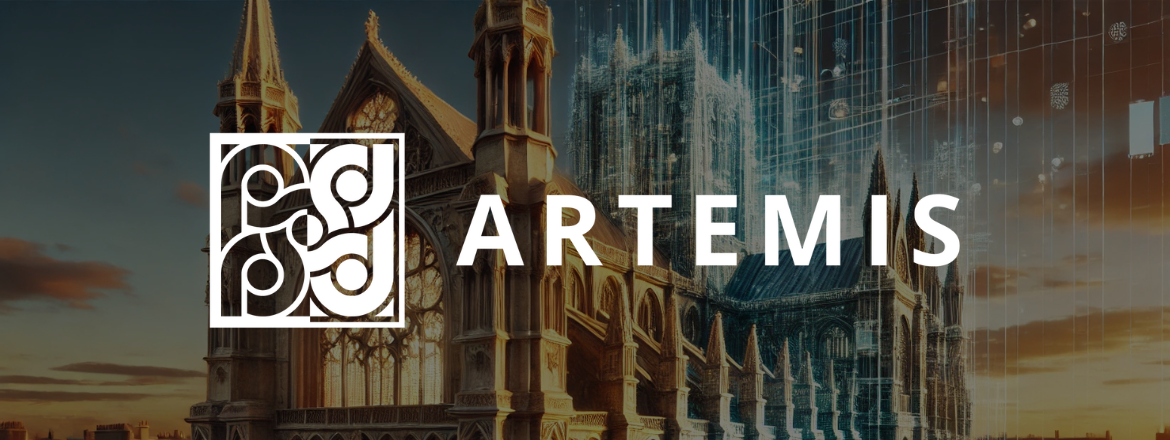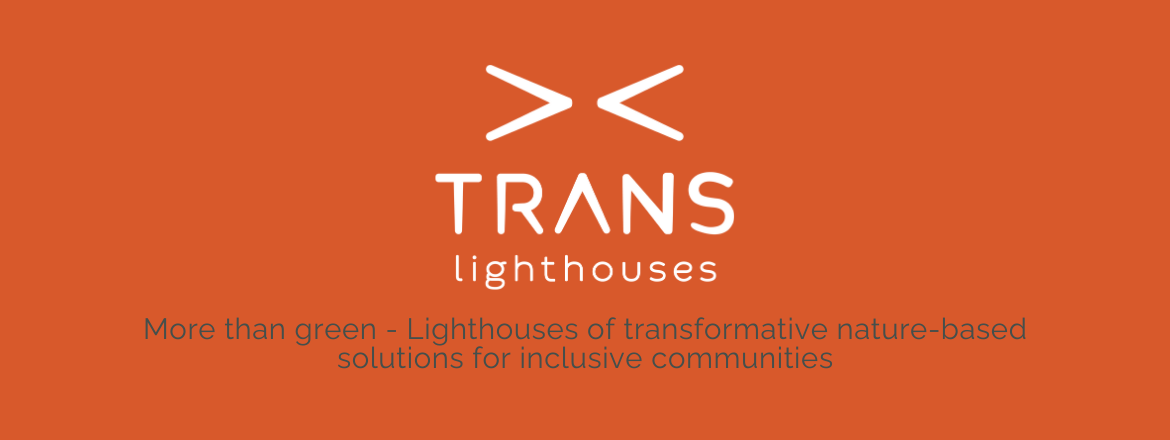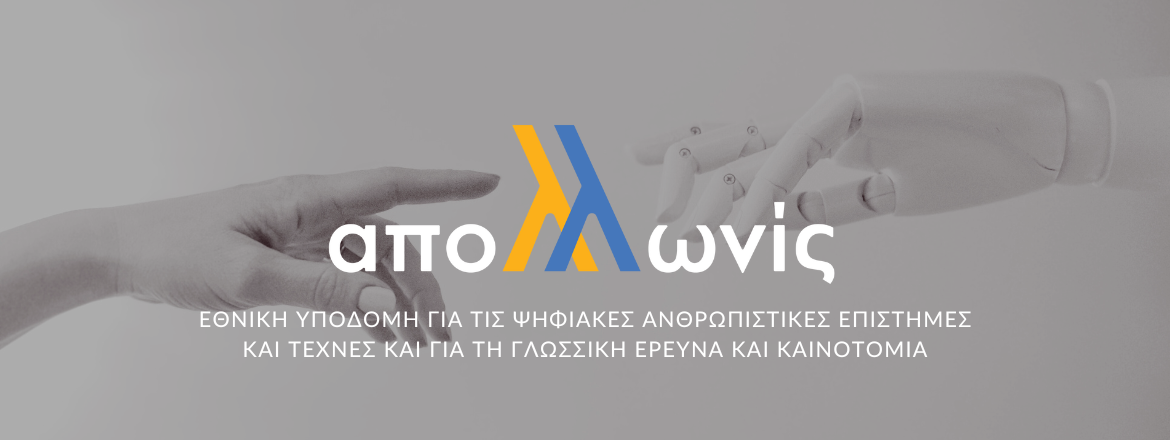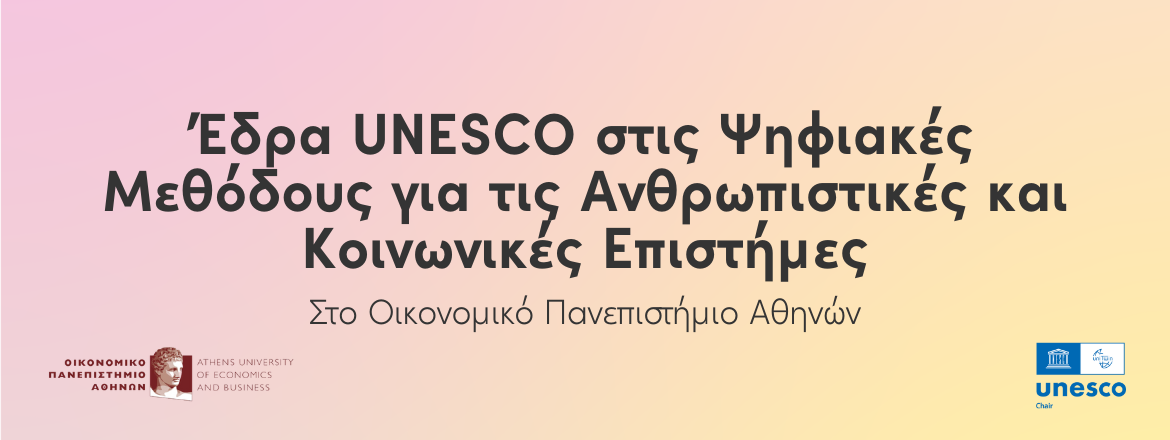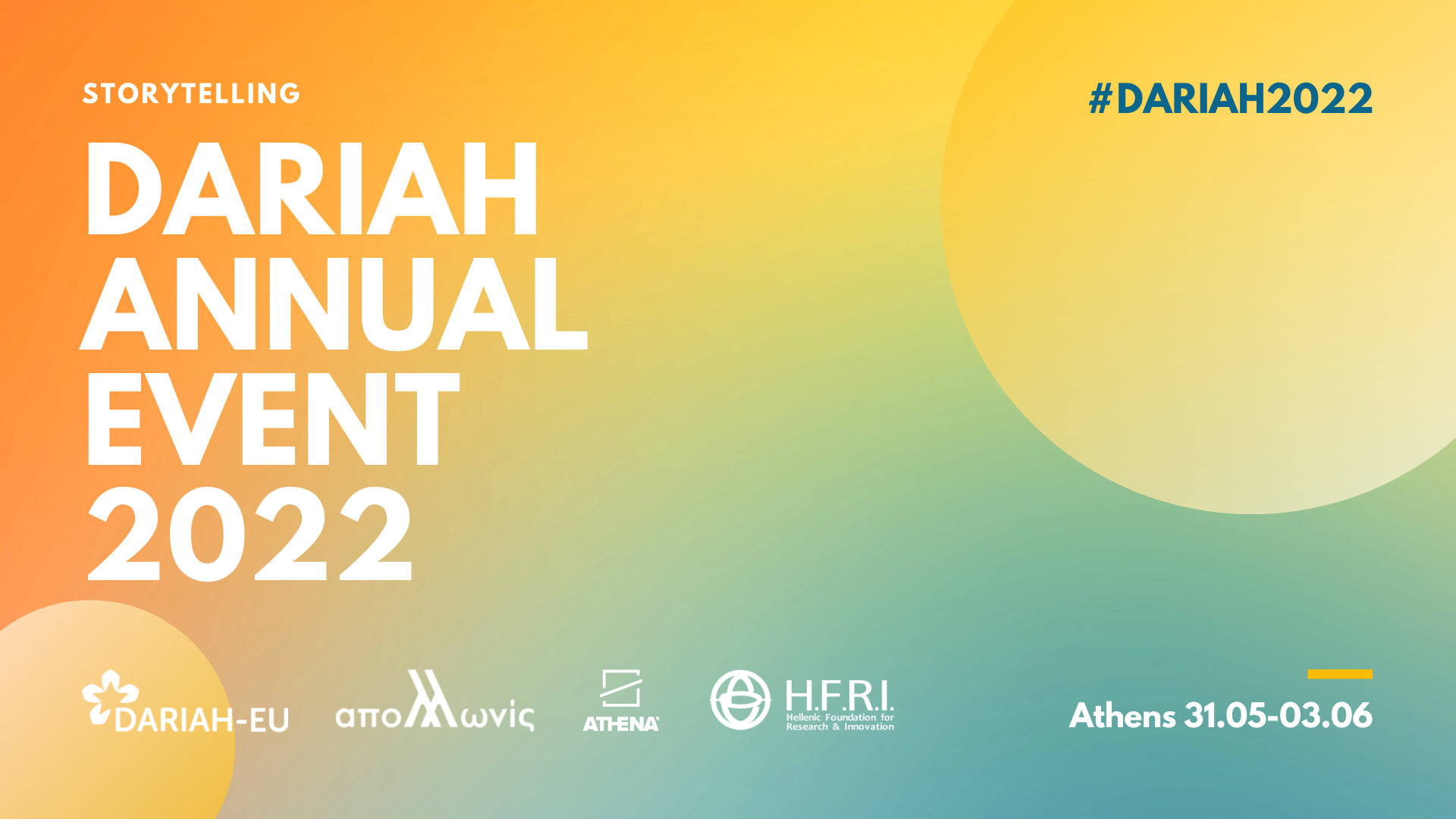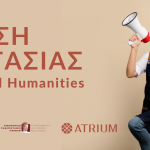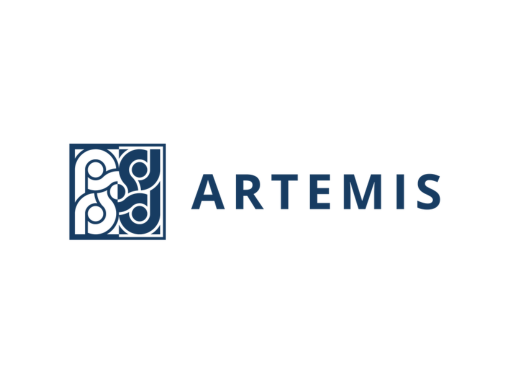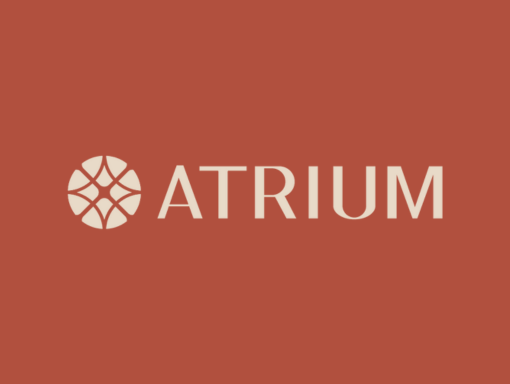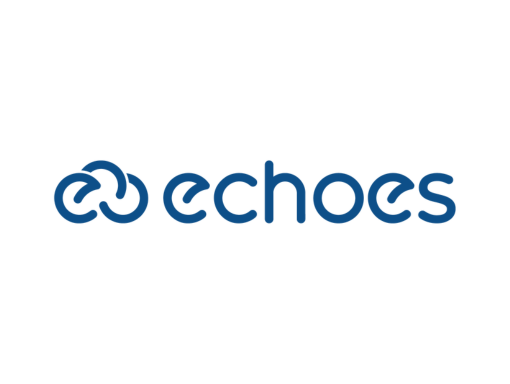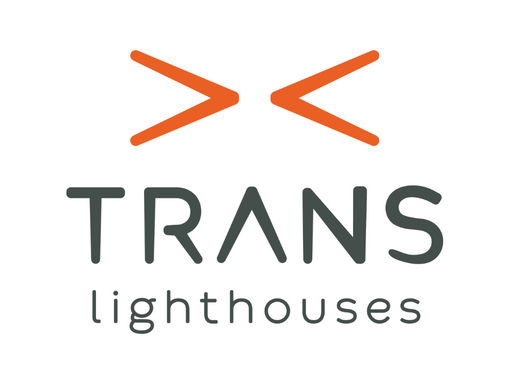The Greek Landscape of Digital Humanities Initiatives.
Dritsou, Vicky
Presentation at Fiesole Retreat 2022, Athens, April 5 , 2022.@misc{Dritsou2022,
title = {The Greek Landscape of Digital Humanities Initiatives},
author = {Vicky Dritsou},
url = {https://www.casalini.it/retreat/web_content/2022/presentations/dritsou.pdf
https://youtu.be/YViAk77Vfoc},
year = {2022},
date = {2022-04-05},
abstract = {Over the last decade the Greek landscape of digital humanities has undergone considerable reframing. At the time of intense digitization, a significant number of cultural heritage institutions from across the country digitized and documented their collections, making them available online or locally for use by both specialists and wider audiences. This wave of digitization projects by Greek libraries, archives, museums, universities, ministry ephorates and publishers, have been instrumental in fostering the growth of major research and teaching resources online, as well as in providing the foundations for national digital infrastructures. The transformative effect of digitization and, more recently, of academic-led initiatives (projects and infrastructures) on Greek scholarship has appeared as the aftermath of increased access to primary and secondary resources, facilitated management of data, and enhanced reuse of digital cultural assets. Digital tools have not only transformed our engagement and interaction with the past, but they have also reshaped arts and humanities research, prompting a new community of digital humanists within, across and beyond Greece. Focusing on the example of APOLLONIS, the Greek Infrastructure for Digital Arts, Humanities and Language Research and Innovation, this talk will present the challenges and the significant shifts the Greek landscape of digital humanities has been going through over the last years.},
howpublished = {Presentation at Fiesole Retreat 2022, Athens, April 5},
keywords = {},
pubstate = {published},
tppubtype = {presentation}
}
Over the last decade the Greek landscape of digital humanities has undergone considerable reframing. At the time of intense digitization, a significant number of cultural heritage institutions from across the country digitized and documented their collections, making them available online or locally for use by both specialists and wider audiences. This wave of digitization projects by Greek libraries, archives, museums, universities, ministry ephorates and publishers, have been instrumental in fostering the growth of major research and teaching resources online, as well as in providing the foundations for national digital infrastructures. The transformative effect of digitization and, more recently, of academic-led initiatives (projects and infrastructures) on Greek scholarship has appeared as the aftermath of increased access to primary and secondary resources, facilitated management of data, and enhanced reuse of digital cultural assets. Digital tools have not only transformed our engagement and interaction with the past, but they have also reshaped arts and humanities research, prompting a new community of digital humanists within, across and beyond Greece. Focusing on the example of APOLLONIS, the Greek Infrastructure for Digital Arts, Humanities and Language Research and Innovation, this talk will present the challenges and the significant shifts the Greek landscape of digital humanities has been going through over the last years. |
Aggregation and Curation of Historical Archive Information.
Constantopoulos, Panos; Dritsou, Vicky; Ilvanidou, Maria; Chroni, Alexandra
In: Karagiannis, Dimitris; Lee, Moonkun; Hinkelmann, Knut; Utz, Wilfrid (Ed.): Domain-Specific Conceptual Modeling, Chapter 23, Pages: 523-540, Springer, 2022, ISBN: 978-3-030-93546-7.@inbook{Constantopoulos2022,
title = {Aggregation and Curation of Historical Archive Information},
author = {Panos Constantopoulos and Vicky Dritsou and Maria Ilvanidou and Alexandra Chroni},
editor = {Dimitris Karagiannis and Moonkun Lee and Knut Hinkelmann and Wilfrid Utz },
doi = {https://doi.org/10.1007/978-3-030-93547-4_23},
isbn = {978-3-030-93546-7},
year = {2022},
date = {2022-03-11},
booktitle = {Domain-Specific Conceptual Modeling},
pages = {523-540},
publisher = {Springer},
chapter = {23},
abstract = {Integrating archival information from different cultural heritage institutions to support historical research has been a commonly pursued goal among humanities digital research infrastructures. Due to the lack of standards in performing such processes, there is a need to provide guidance to interested parties and share knowledge deriving from successful practices. In this chapter, we introduce the Historical Information Curation (HIC) model that aims to address this need. Based on our experience with aggregating and curating archival collections, we have developed a two-faceted model for such processes, capable of supporting both the structural representation of the required workflows and the analysis of their dynamics.},
keywords = {},
pubstate = {published},
tppubtype = {inbook}
}
Integrating archival information from different cultural heritage institutions to support historical research has been a commonly pursued goal among humanities digital research infrastructures. Due to the lack of standards in performing such processes, there is a need to provide guidance to interested parties and share knowledge deriving from successful practices. In this chapter, we introduce the Historical Information Curation (HIC) model that aims to address this need. Based on our experience with aggregating and curating archival collections, we have developed a two-faceted model for such processes, capable of supporting both the structural representation of the required workflows and the analysis of their dynamics. |
DH Goes Viral.
Barker, Elton; Benardou, Agiatis; Giorgio, Sara Di; Dritsou, Vicky; Dombrowski, Quinn; Felicetti, Achille; Gardikas, Katerina; Garnett, Vicky; Ilvanidou, Maria; Irollo, Alba; Floch, Justine Le; Meghini, Carlo; Mikros, George; Papaki, Eliza; Richardson, Lorna; Schreibman, Susan; Terras, Melissa; Tsakonas, Giannis
2021, ISBN: 978-618-85875-0-2.@book{Barker2021,
title = {DH Goes Viral},
author = {Elton Barker and Agiatis Benardou and Sara Di Giorgio and Vicky Dritsou and Quinn Dombrowski and Achille Felicetti and Katerina Gardikas and Vicky Garnett and Maria Ilvanidou and Alba Irollo and Justine Le Floch and Carlo Meghini and George Mikros and Eliza Papaki and Lorna Richardson and Susan Schreibman and Melissa Terras and Giannis Tsakonas},
editor = {Agiatis Benardou and Vicky Dritsou and Maria Ilvanidou},
url = {https://zenodo.org/record/5793151},
doi = {10.5281/zenodo.5793151},
isbn = {978-618-85875-0-2},
year = {2021},
date = {2021-12-23},
abstract = {As a response to COVID-19 and while the onset of the pandemic was still in its very early stages, in April 2020 the Digital Curation Unit (DCU), Research and Innovation Center "Athena", as co-ordinator of APOLLONIS, the Greek Infrastructure for Digital Arts, Humanities and Language Research and Innovation, organized a Twitter Conference under the title “DH in the Time of Virus”. This event aimed at battling academic isolation and facilitating and supporting community building and osmosis in DH research and education. Due to its sensitive timing, with Italy going through extreme difficulties and Europe and the US entering quarantine and work-from-home regimes, the Twitter Conference provided a platform of communication of DH research pursuits as well as of expression of an unprecedented human experience. With the support of a DARIAH Theme grant, a year later, in 2021, we designed and organized a digital workshop in which we reunited the Twitter Conference participants alongside further DH researchers who were selected through an open call.
The outcome of these events is an electronic as well as a printed publication monitoring the effects of the pandemic on e-Education, e-Research and digital tools, methods and platforms, the developments the pandemic has expedited and the delays it may have caused in DH research and the distance covered and toils endured by DH researchers and practitioners to keep track of their work.},
keywords = {},
pubstate = {published},
tppubtype = {book}
}
As a response to COVID-19 and while the onset of the pandemic was still in its very early stages, in April 2020 the Digital Curation Unit (DCU), Research and Innovation Center "Athena", as co-ordinator of APOLLONIS, the Greek Infrastructure for Digital Arts, Humanities and Language Research and Innovation, organized a Twitter Conference under the title “DH in the Time of Virus”. This event aimed at battling academic isolation and facilitating and supporting community building and osmosis in DH research and education. Due to its sensitive timing, with Italy going through extreme difficulties and Europe and the US entering quarantine and work-from-home regimes, the Twitter Conference provided a platform of communication of DH research pursuits as well as of expression of an unprecedented human experience. With the support of a DARIAH Theme grant, a year later, in 2021, we designed and organized a digital workshop in which we reunited the Twitter Conference participants alongside further DH researchers who were selected through an open call.
The outcome of these events is an electronic as well as a printed publication monitoring the effects of the pandemic on e-Education, e-Research and digital tools, methods and platforms, the developments the pandemic has expedited and the delays it may have caused in DH research and the distance covered and toils endured by DH researchers and practitioners to keep track of their work. |

